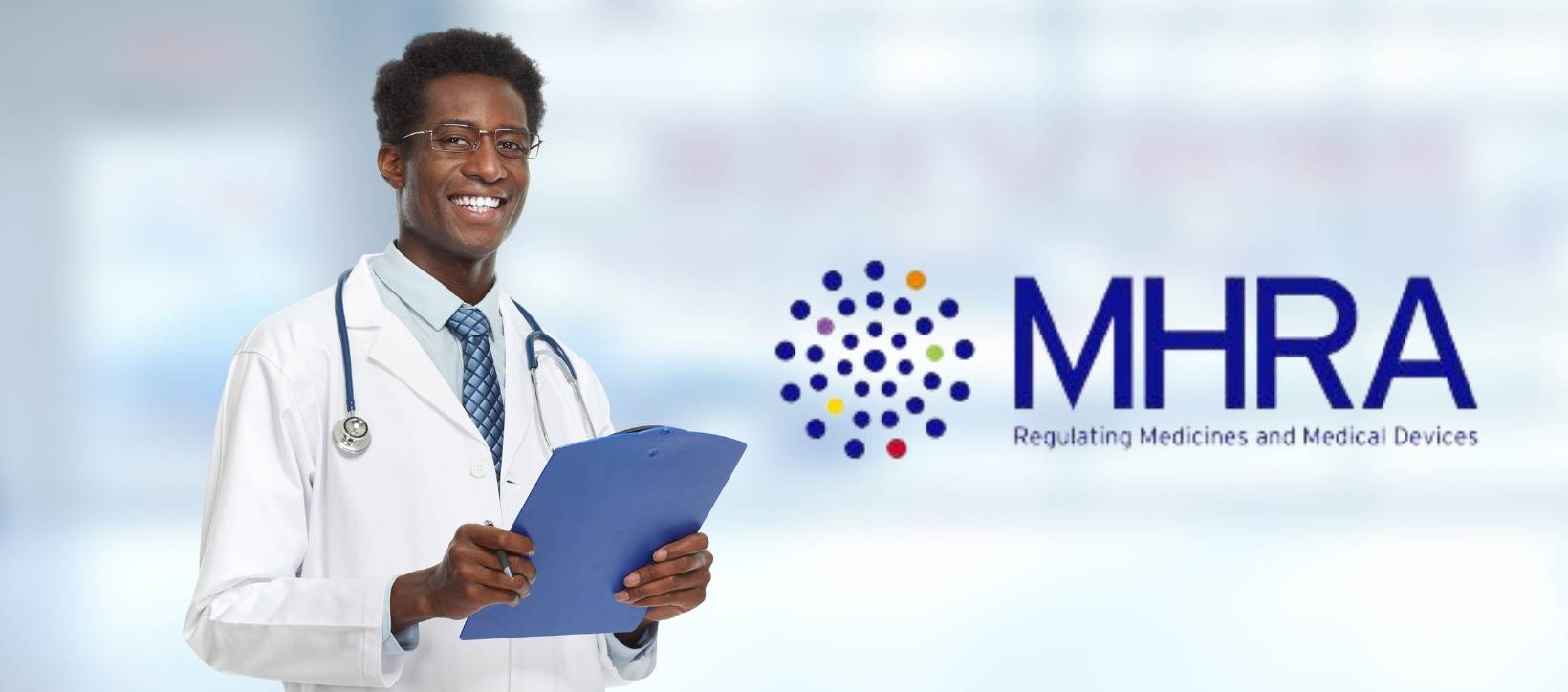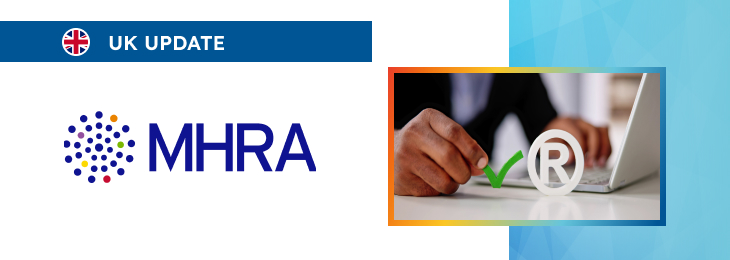The article provides a general overview of the regulatory framework applicable to certain innovative products intended to be marketed and used in the UK.

Table of content
The Medicines and Healthcare Products Regulatory Agency (MHRA), the UK regulating authority, has published a guidance document dedicated to the procedures to be followed in the course of initial registration allowing interested parties to make submissions associated with healthcare products intended to be marketed and used in the UK. The document provides an overview of the relevant procedure, as well as additional clarifications and recommendations to be taken into consideration by the parties involved.
Introduction to MHRA Submissions
Under the relevant procedures, MHRA requires direct submissions related to human medicines. For applications intended for the UK market, such as a Marketing Authorization, the submission must be made through MHRA’s national portals.
Conversely, regulatory submissions made via European procedures should continue to be submitted through EU portals like CESP. The present guidance on MHRA submissions applies to various groups, including pharmaceutical companies, clinical trial sponsors, e-cigarette producers, and brokers of medicinal products.

User Registration Process
According to the guidance, to access MHRA Submissions, organizations must follow a specific registration process. This begins with ensuring that the necessary instructional videos and user reference guides are reviewed.
Three video demonstrations available on Sharefile cover the following aspects:
- User Registration: This demo explains the complete process for adding an initial company administrator.
- Adding a New User: This video guides on how to add internal colleagues as users or company administrators.
- Adding an External User: This video demonstrates how to add third-party consultants as users or company administrators.
Additionally, two user reference guides provide step-by-step guidance:
- Gaining Access to MHRA Submissions
- Managing Users on MHRA Submissions
Role of the Initial Company Administrator
The first person in an organization to complete the registration becomes the initial company administrator. This role involves several responsibilities, including adding further administrators and managing user permissions.
The choice of this administrator should be made carefully, especially in larger organizations where different departments may be involved in making submissions. It is advisable to have more than one company administrator to ensure continuity.
Starting the Access Process
To begin the process, the initial company administrator must gain access to MHRA submissions, which allows them to provide access to both colleagues and external consultants. A company administrator can add, edit, and disable other users, and can see records of submissions made by users.
They can also register multiple companies under their account. A user, on the other hand, cannot add other users and can only make submissions for their registered organization.
They can be added to multiple legal entities if necessary but cannot see records of submissions made by other users. Pharmaceutical companies with multiple legal entities must appoint an appropriate company administrator for each entity.
The User Reference Guide provides detailed instructions on this setup. Each legal entity is identified by a unique 5-digit MHRA company number, which is crucial for generating new Product Licensing (PL) numbers.
Marketing Authorization (MA) Holders must generate new PL numbers (PLGB and PLNI) via MHRA Submissions. This process requires selecting the correct 5-digit company number from a dropdown menu.
If an MA Holder needs a specific PL number for Great Britain or Northern Ireland, they must request it via email to PLNumberAllocation@mhra.gov.uk.
Completing the User Access Process
As explained by the authority, the MHRA company number is essential for making submissions and can be found in correspondences from the MHRA.
This number varies based on the type of organization:
- Pharmaceutical Industry: The first 5 digits of the Product Licensing number.
- Clinical Trial Applicants: The first 5 digits of the CTA number from previous submissions.
- E-cigarette Producers: The MHRA account number is found on invoices.
- Brokers: The broker company number on the Registration document issued by MHRA.
- Paediatric Investigation Plans (PiPs) Submitters: The first 5 digits of any product licenses for organizations holding marketing authorizations.
Adding External Users
External users, such as third-party consultants, can be added as either company administrators or standard users. They must have a 5-digit MHRA company number before being added to an organization. This ensures appropriate access levels and allows external users to manage submissions effectively across multiple organizations.
Assistance and Troubleshooting
If issues arise during the user access process, the initial company administrator should be consulted. They are responsible for managing user access and can assist with adding new administrators or users. If there is an error in entering the MHRA company number or if a password needs resetting, contact submissions@mhra.gov.uk or follow the password reset instructions via Microsoft’s platform.
Conclusion
In summary, the present MHRA guidance outlines the basic points related to registration needed to make submissions associated with healthcare products, including medical devices. The document highlights the key aspects to be taken into consideration and also provides additional clarifications regarding specific steps.
How Can RegDesk Help?
RegDesk is an AI-powered Regulatory Information Management System that provides medical device companies with regulatory intelligence for over 120 markets worldwide. It can help you prepare and publish global applications, manage standards, run change assessments, and obtain real-time alerts on regulatory changes through a centralized platform. Global expansion has never been this simple.

